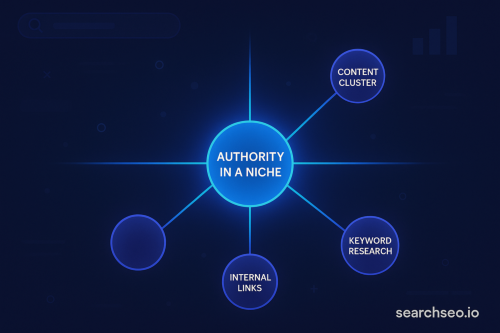You’ve got traffic, but users are leaving too fast. That’s your bounce rate telling you something’s off.
Bounce rate is the percentage of visitors who land on your site and leave without clicking to another page. High bounce rates mean lost opportunities—for engagement, conversions, and even search rankings.
But here’s the good news: bounce rate is fixable. It's often a symptom of a deeper UX or content issue, not the core problem itself.
What Is Bounce Rate and Why Should You Care?
Technically, bounce rate is the percentage of sessions with no interaction beyond the landing page. GA4 replaced it with "engagement rate," but bounce rate remains a valuable directional metric.
Why it matters:
- SEO: Search engines infer value based on how users engage.
- UX: A high bounce rate signals disconnect.
- Conversions: No engagement = no conversions.
Not all high bounce rates are bad. For single-page tools or blogs, it's expected. Context is everything.
Common Causes of a High Bounce Rate
- Slow page load times
- Misleading meta titles or descriptions
- Poor mobile optimization
- Thin or irrelevant content
- Confusing UX or site structure
- Overuse of popups or intrusive ads
Bounce Rate Optimization: 10 Smart Ways to Reduce Bounce Rate
1. Improve Page Speed
Use tools like Google PageSpeed Insights or GTmetrix. Compress images, lazy-load scripts, and go mobile-first.
2. Align Page Content With Search Intent
Match your content to the keyword's intent. No clickbait—just clear, useful answers.
3. Make Content Scannable and Engaging
Use headings, bullets, short paragraphs, and visuals. Add videos or interactive content to keep readers engaged.
4. Strengthen Internal Linking
Guide visitors to other relevant pages using smart anchor text. Try a “Related Articles” section.
5. Optimize Above-the-Fold UX
Lead with value. A clear headline and CTA should be visible without scrolling. Tools like Hotjar can help you analyze scroll behavior.
6. Use Exit-Intent Popups Strategically
Offer something valuable—like a discount or free download—when users try to leave. A/B test to minimize disruption.
7. Match Your Design to Your Audience
Responsive design, clean typography, and contrast all boost readability and reduce friction.
8. Show Credibility Quickly
Use trust signals like customer reviews, award badges, and clear about/testimonial pages.
9. Fix Broken Pages or Technical Errors
Crawl your site with Screaming Frog. Check for 404s, broken links, and slow-loading pages.
10. Leverage Behavioral Tools
Use Crazy Egg or Hotjar to find where users drop off. Adjust UX based on real behavior.
Advanced: Use Traffic Bots to Reduce Bounce Rate
Traffic bots simulate visits to help you test UX changes or SEO experiments.
Platforms like Searchseo.io offer CTR manipulation tools that emulate real user behavior. That means lower bounce rates—but only if used responsibly.
Ethical use = test scenarios, not deceive users or search engines. Real UX always wins long term.
Bounce Rate Benchmarks by Industry
- E-commerce: 20–45%
- B2B SaaS: 30–55%
- Blogs and Publishers: 60–80%
- Local Service Businesses: 25–50%
Bounce Rate vs. Engagement Rate in GA4
Bounce Rate = no further interaction Engagement Rate = user stays >10 seconds, scrolls, or clicks
Optimize for engagement, but don’t ignore bounce rate—it’s still an early warning signal.
Bounce Rate Isn’t the Enemy—Irrelevance Is
Learning how to improve bounce rate is about aligning content with user expectations and improving site experience. You don’t need tricks—you need relevance.
Want to simulate real user behavior and test your bounce rate strategy? Try SearchSEO.io’s CTR tool today.


.svg)

.svg)
%201.png)








.svg)